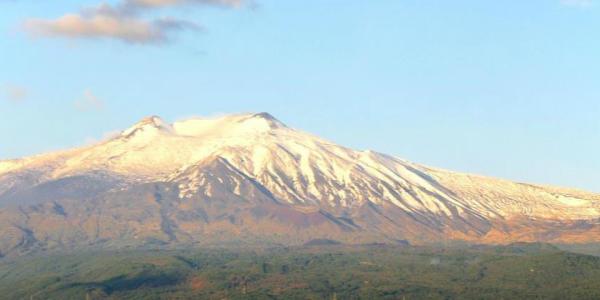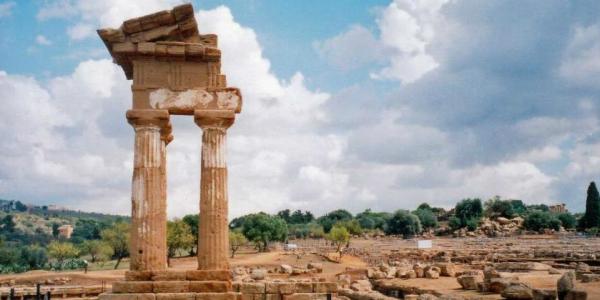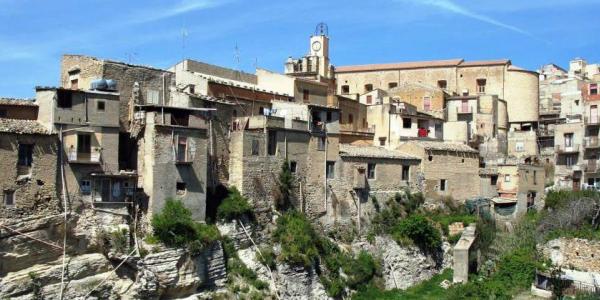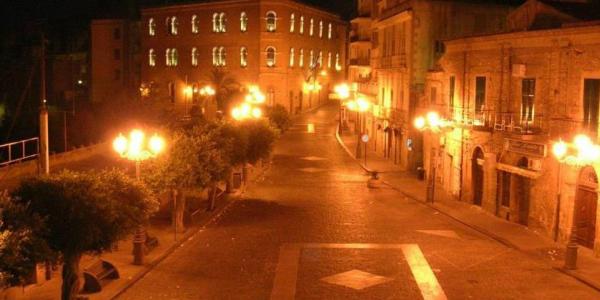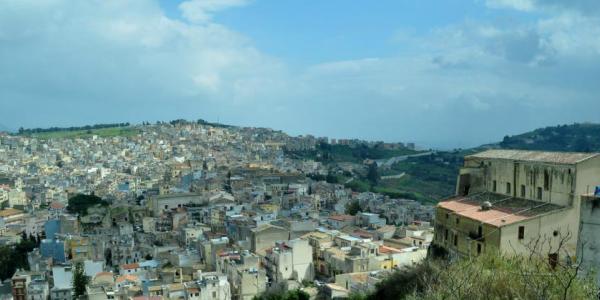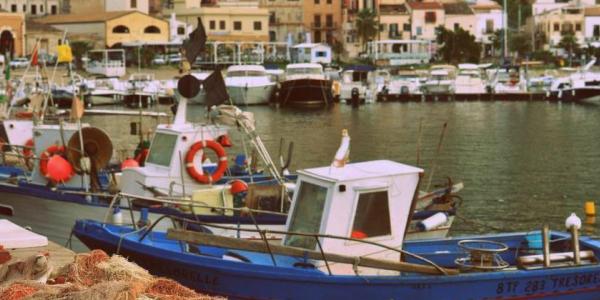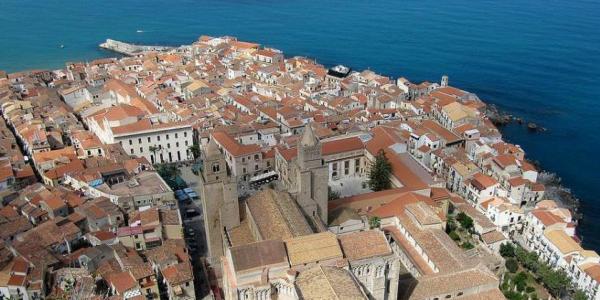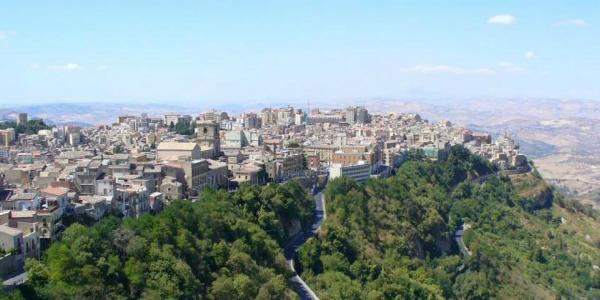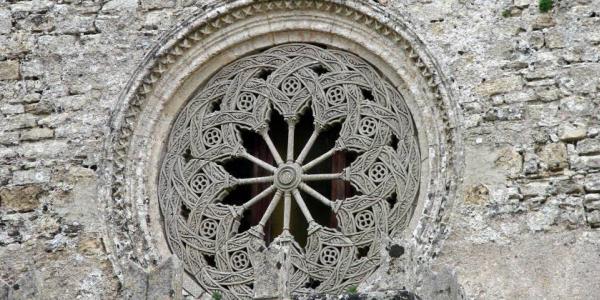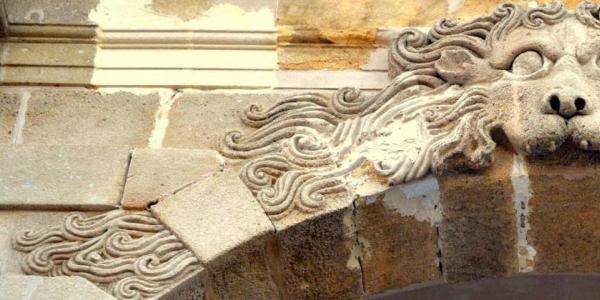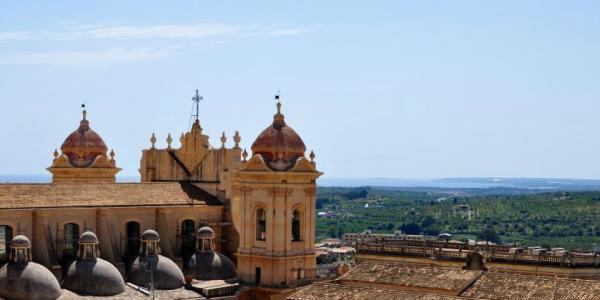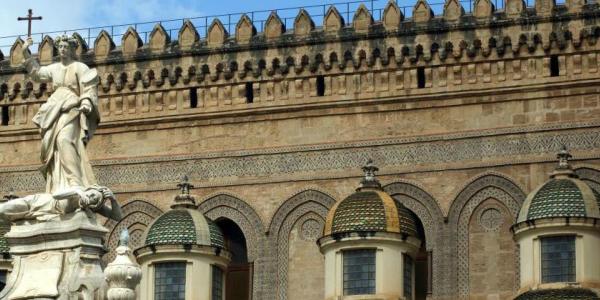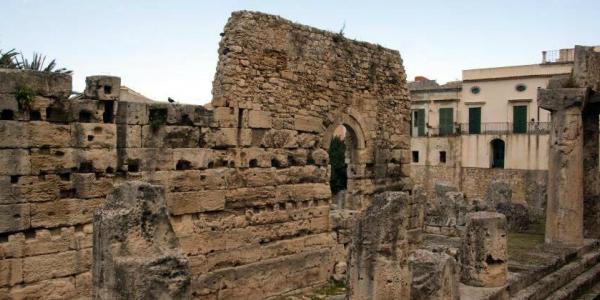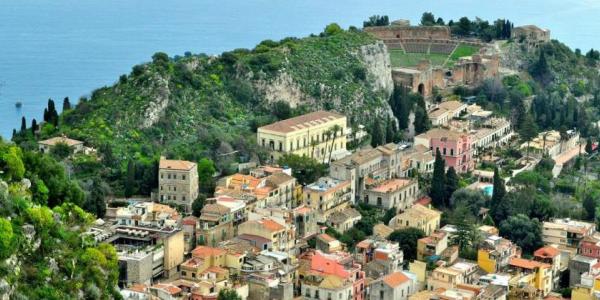Belice Valley
The Belice Valley is a beautiful rural area of western Sicily between the provinces of Palermo, Trapani and Agrigento and along the river Belice. It has been populated since prehistoric times and is rich in archaeological sites. It was settled by Sicanians, Elymians, Phoenicians and Greeks, a past which has left imposing ruins and all kinds of interesting artefacts. In January 1968, the Belice valley was hit by a deadly earthquake that completely destroyed numerous villages and devastated the whole territory. The main villages in the Belice Valley are:
Gibellina
Gibellina, the country symbol of the Belice area. Its name derives from the Arabic word "Djabal", “mountain”. The old town was destroyed by the earthquake and only ruins remain, which have been petrified into a work of art called Cretto (Crack) by the artist Alberto Burri, in order to commemorate this catastrophic event. By contrast the new Gibellina, 7 km away from the old one, is a contemporary example of Land art. It has been built as a kind of permanent museum with sculptures and other artworks by international artists scattered around the streets and buildings.
Salemi
Salemi is in the heart of Belice Valley, immersed in a landscape of vineyards and olive groves. Its medieval centre rises around the Norman-Swabian Castle, which has been reconstructed and is now a venue for temporary exhibitions, concerts and cultural events. It is also called the “City of the Loaves” in honour of the votive breads produced to mark religious feasts. The earthquake reduced the Cathedral of Salemi to ruins, which can still be seen today in the picturesque Halicia Square. The Jesuit College houses a museum with numerous artworks rescued after the earthquake.
Santa Ninfa
Santa Ninfa is surrounded by a rich landscape of woodland like that of Finestrelle, with numerous cave tombs carved into the hillside, in addition to the marvellous karstic cave in the nature reserve managed by Legambiente. A large part of the town of feudal origin was lost in the earthquake, a disastrous event to which a permanent photography exhibition in the town hall bears witness. Today many highly-prized artworks and monuments are being restored including the Rampinzeri Castle.
Poggioreale
Poggioreale, whose ancient town centre was almost entirely destroyed during the 1968 earthquake, is today regarded as a “Ghost town” because of its ruins and abandoned streets, and is an attractive location for photography enthusiasts.
Partanna
Partanna is home to Grifeo castle, rebuilt in the 17th century by the Princes of Grifeo on the foundations of an earlier Norman construction. It is now the home of the Belice Prehistoric Museum.
Castelvetrano
Castelvetrano dates back to ancient Sicanian peoples. The “City of Olives and Temples” can thank the Arabs for its urban layout and its central maze of piazzas. Most of the monuments are on the three adjacent squares, Piazza Carlo d’Aragone e Tagliavia, Piazza Umberto I and piazza Principe di Piemonte. The bronze Ephebos (470 BC) is the pride of the Museo Civico.
Three kilometres away from the town, you must not miss the Church of the Trinità di Delia, a splendid 12th-century Christian chapel mixing European, Arab and Norman styles.
Selinunte
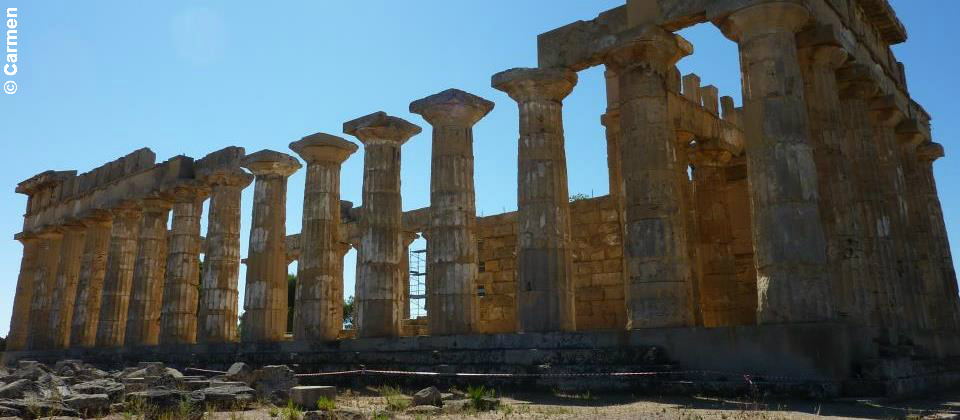
Around 15 kilometres from Castelvetrano is Selinunte, an archaeological site of great importance due to the richness and grandeur of its Doric temples. Founded in 628 BC on two hills facing the sea, Selinunte was a powerful Greek city that was initially destroyed by the Carthaginians, the allies of its enemy Segesta, and then by a violent earthquake in the Byzantine era.



